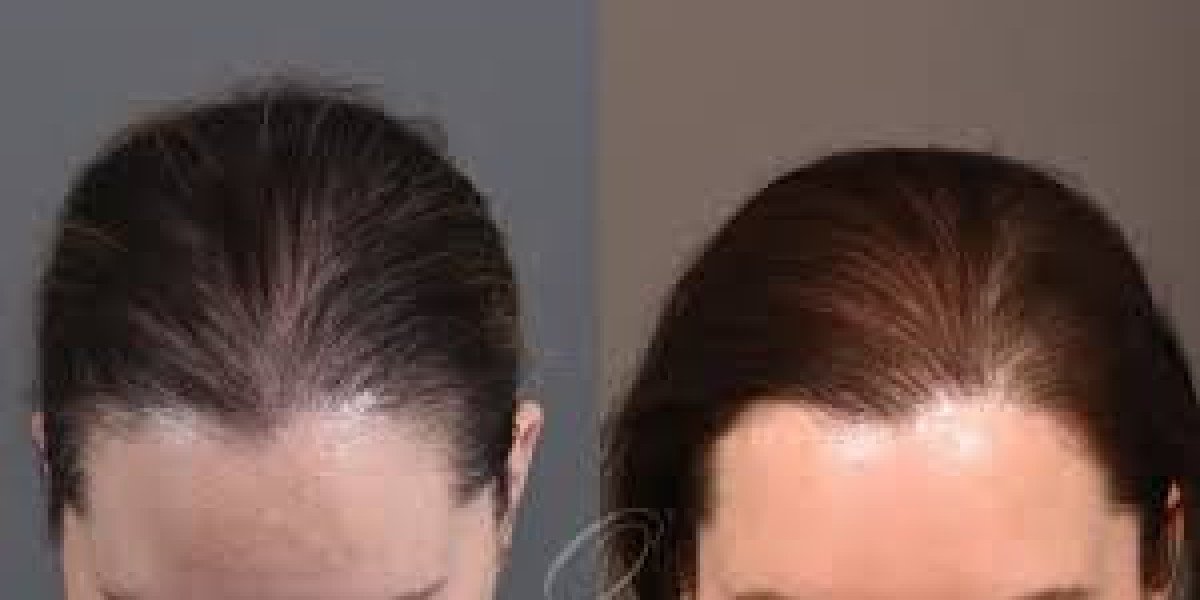When it comes to enhancing facial aesthetics, the position of the hairline plays a significant role. A high or uneven hairline can cause self-consciousness, especially for those who feel it doesn't match the rest of their facial proportions. Hairline lowering surgery has emerged as a reliable solution for those seeking to address this concern.
This procedure, also known as forehead reduction or scalp advancement surgery, can deliver natural-looking results. If you’re considering this option or simply exploring your choices, here’s a comprehensive guide explaining who it’s for, how the procedure works, and what you can expect during recovery.
What is Hairline Lowering Surgery?
Hairline lowering surgery is a cosmetic procedure designed to reduce the height of the forehead by bringing the hairline forward. This technique is commonly used to treat individuals with naturally high foreheads, congenital conditions, or those who have experienced hairline recession.
Unlike hair transplants, which add new follicles to areas of thinning or baldness, hairline lowering surgery physically repositions the existing hair-bearing scalp to a more forward location. In some cases, it can be combined with a hair transplant specialist's work to achieve an even more refined hairline shape and density.
Who is a Good Candidate?
Not everyone is an ideal candidate for hairline lowering surgery. Here are the factors that determine suitability:
1. High Hairline
The most common candidates are individuals with a naturally high hairline or elongated forehead due to genetics. This condition is more common among women but also affects men.
2. Good Scalp Flexibility
Successful advancement of the hairline depends on scalp laxity — the ability of the scalp to stretch. People with good scalp flexibility are better candidates for this procedure.
3. Stable Hair Growth
Those who are not actively experiencing significant hair loss are typically better suited for surgery. If you have male or female pattern baldness, you may be directed to a hair transplant specialist first.
4. Realistic Expectations
Ideal patients understand the potential outcomes and limitations of the surgery. The goal is to achieve balance and harmony in facial proportions, not perfection.
How the Procedure Works
Hairline lowering surgery is typically performed under local anesthesia with sedation or general anesthesia. The surgery takes approximately 2–3 hours.
Steps of the Procedure:
Planning the New Hairline
The surgeon draws the new hairline in accordance with the patient’s facial structure and desired outcome.Incision and Scalp Advancement
An incision is made along the current hairline, and the scalp is gently loosened and brought forward to the new position. Excess forehead skin is removed.Suturing and Closure
The incision is carefully closed, ensuring minimal scarring. In some cases, the procedure may be followed by hair transplant to conceal the scar or further refine the hairline.
What to Expect During Recovery
Immediate Post-Op
Swelling and bruising are normal and typically subside within 7–10 days.
Mild discomfort can be managed with prescribed medication.
You may need to wear a compression bandage for a few days to minimize swelling.
Healing Timeline
Sutures are usually removed within a week.
Patients can resume light activities in 3–5 days and return to work within 1–2 weeks.
Final results become fully apparent within 3 to 6 months.
Scar Management
While the incision is placed along the hairline to minimize visibility, a fine scar may still be present. If needed, a hair transplant specialist can implant follicles along the scar line to camouflage it completely.
Hairline Lowering vs. Hair Transplant: Which Is Right for You?
If your primary concern is a high forehead rather than general thinning or balding, hairline lowering surgery may be more effective than a hair transplant. However, in cases where scalp laxity is limited or when there’s also significant hair thinning, your surgeon may recommend combining both treatments.
A consultation with a hair transplant specialist or facial plastic surgeon is crucial. They can assess your scalp, discuss your goals, and develop a personalized plan that aligns with your needs.
Conclusion
Hairline lowering surgery offers a permanent and aesthetically pleasing solution for those seeking to correct a disproportionately high forehead. By repositioning the hairline forward, it helps achieve better facial balance and enhances overall appearance.
However, the key to a successful outcome lies in the hands of an experienced professional. Whether you are undergoing the surgery alone or in combination with a hair transplant specialist, choosing the right surgeon is essential for safe results and long-term satisfaction.







